The New Automotive Battle Royale: Leapmotor vs. XPeng - Who Will Reign Supreme?
![]() 04/13 2025
04/13 2025
![]() 341
341
The automotive industry's newcomers initially targeted the mid-to-high-end market, with NIO and Li Auto leading the charge. However, as the era of consumption downgrade dawned, the focus swiftly shifted to cost-effectiveness. Leapmotor, a lesser-known brand, surged ahead to clinch the monthly sales crown among newcomers in March. XPeng, once the underdog in the "Wei-Xiao-Li" trio, also secured third place in March, leveraging its cost-effective strategy.
Since then, Leapmotor and XPeng have inevitably been pitted against each other. Both brands employ a high cost-effectiveness strategy, but which has more potential by 2025? Will it be the established XPeng or Leapmotor, which continually breaks cost-effectiveness records and exhibits significant growth potential?
Leapmotor's Aggressive Move for Dominance
On April 10, Leapmotor, the newly crowned sales champion, dropped a bombshell: an SUV equipped with LiDAR for just RMB 119,800. This marked the first time a carmaker introduced a high-end intelligent driving product with LiDAR below RMB 120,000.
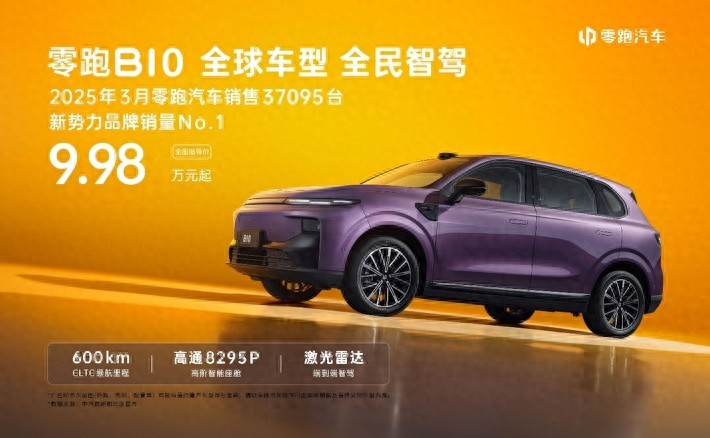
Orders poured in, with Leapmotor B10 receiving over 30,000 pre-orders within 48 hours. In March, Leapmotor delivered 37,095 vehicles, securing the monthly sales championship among newcomers. Clearly, Leapmotor has established a leading position in the competition.
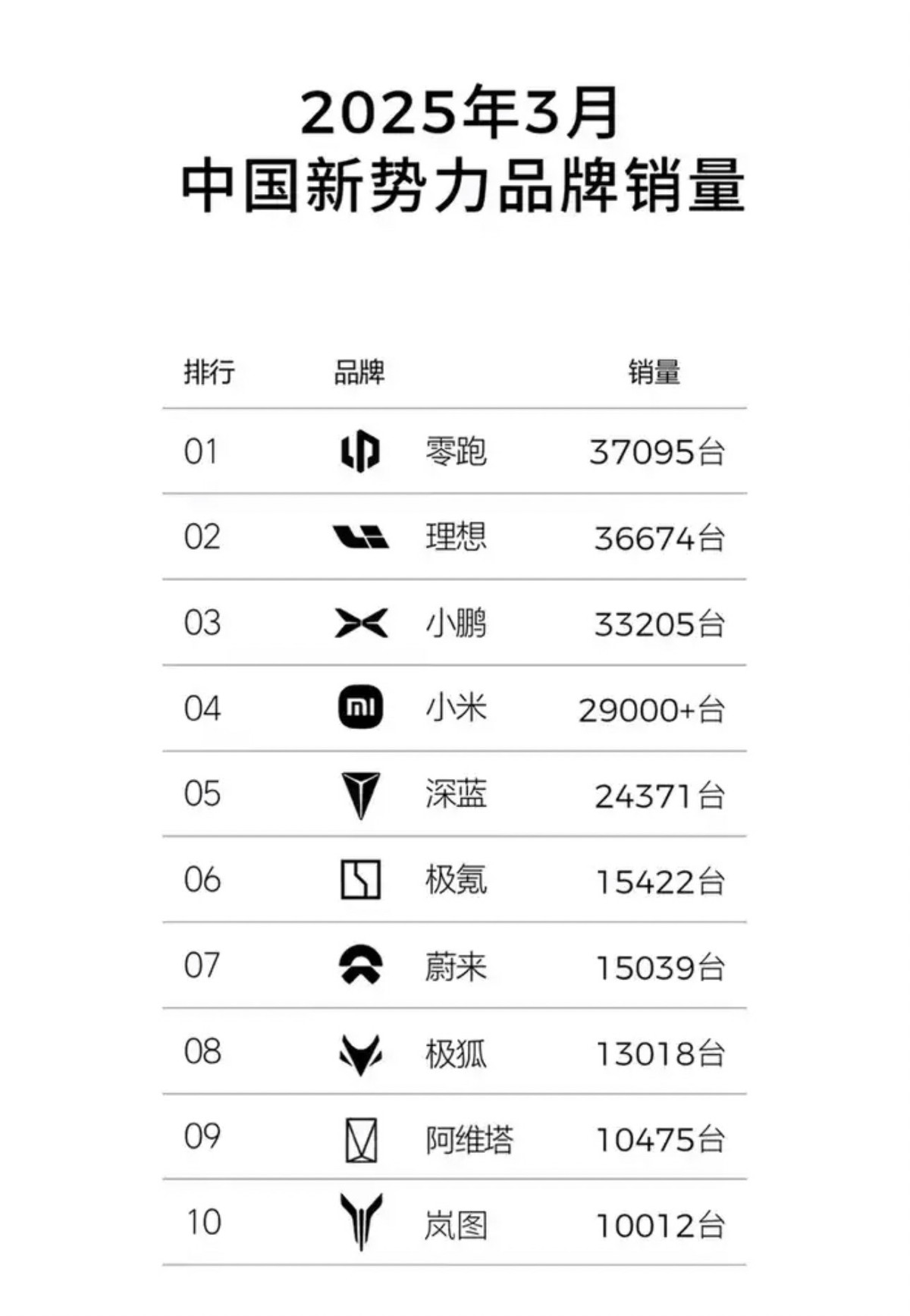
Leapmotor has a lineup of new models planned: the B01 sedan from the B series will launch in July this year, followed by the flagship D series model next year. Although the D series MPV is yet to be unveiled, it will likely compete directly with models like the Denza D9 and Dreamer. With Leapmotor's cost-effectiveness strategy, the pricing of the D series models is also anticipated to attract significant attention.
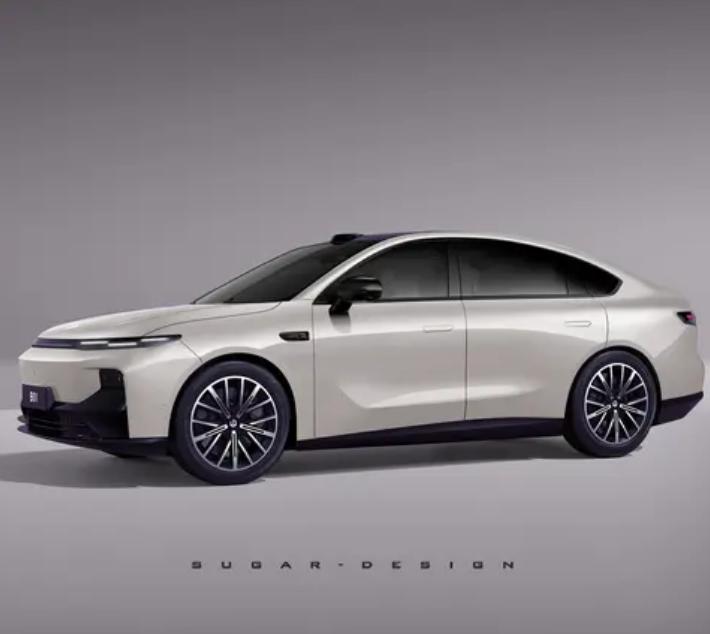
The popularity of B10, coupled with upcoming new models, has reignited discussions about Leapmotor, known for its cost-effectiveness. The question looms: who can stop Leapmotor?
XPeng Finds Its Success Formula and Accelerates
XPeng, another cost-effectiveness success story, is inevitably compared to Leapmotor. Initially focusing on technology leadership, XPeng transformed after competition from brands like HarmonyOS series and Wei-Xiao-Li, retaining its intelligence while emphasizing cost-effectiveness. Relying on models like MONA M03 and P7+, XPeng continues to demonstrate robust sales strength. In March, XPeng secured third place with 33,205 vehicles sold, achieving its best results since inception.
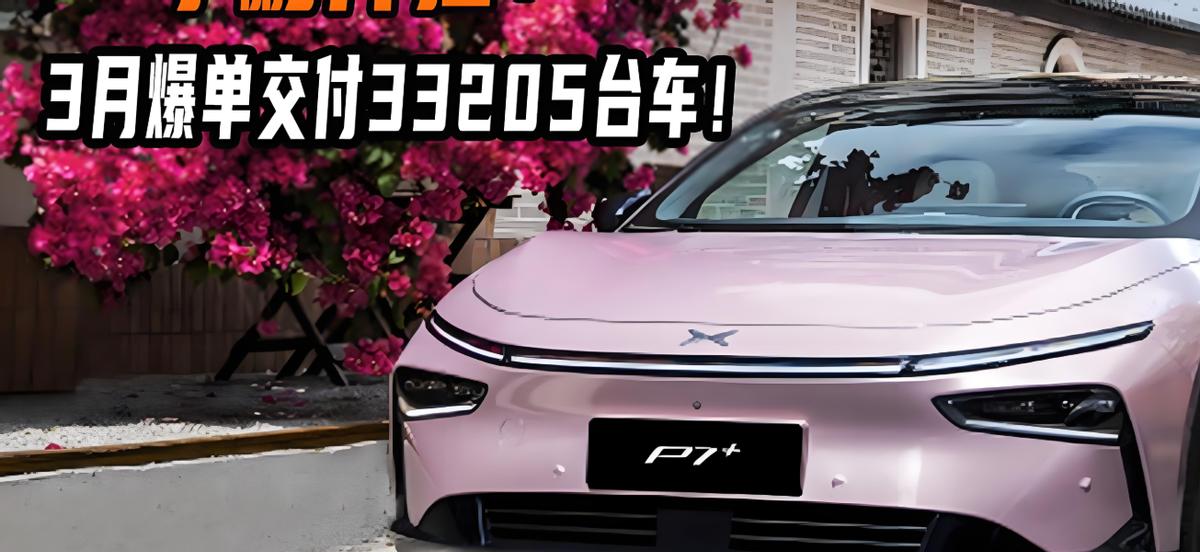
XPeng's existing products remain popular: MONA M03 has delivered over 15,000 vehicles for four consecutive months, and P7+ has received 40,000 orders in four months. Based on current data, MONA M03 and P7+ are expected to continue driving XPeng's sales in the coming months.
XPeng also has several new products in the pipeline: the XPeng X9 recently entered pre-sale, and the highly anticipated SUV model G01 is set to launch in 2025. As XPeng's first extended-range model, G01 is based on the G9 prototype, positioned as a C+ segment 6-seater SUV targeting the price range above RMB 200,000. It is expected to launch in October.
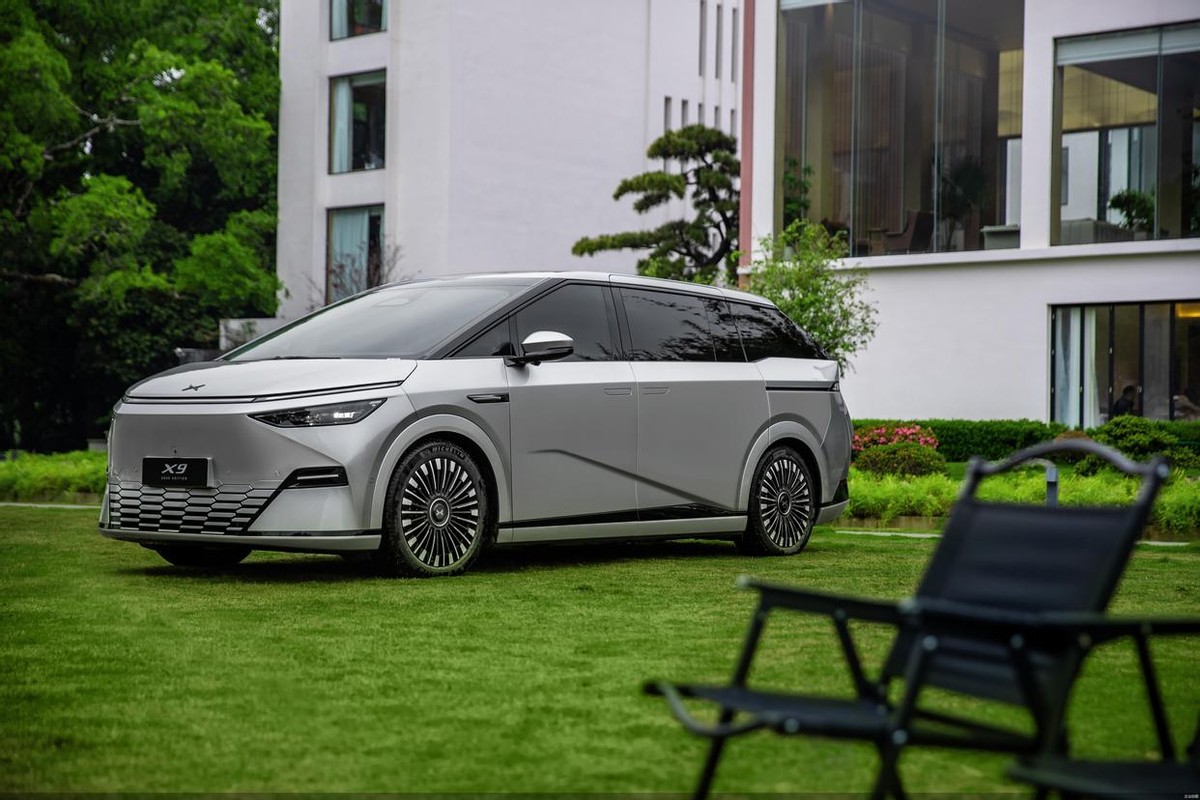
Since adopting a high cost-effectiveness strategy with MONA 03, XPeng seems to have discovered the key to success. If upcoming models continue this offensive, XPeng will undoubtedly become a formidable rival for Leapmotor.
High-End Intelligent Driving Competition: Pure Vision vs. Low-Cost LiDAR
Beyond product competition, the rivalry between Leapmotor and XPeng extends to technology, particularly in intelligent driving.
Leapmotor B10 is the first to bring high-end intelligent driving with LiDAR into the sub-RMB 120,000 price range, even more competitive than BYD's "technology equality" approach. Recently, Leapmotor announced measures to enhance user experience, including free intelligent driving software. This strategy aims to "trade free for market share and win the future with data," forcing competitors to reconsider their pricing.
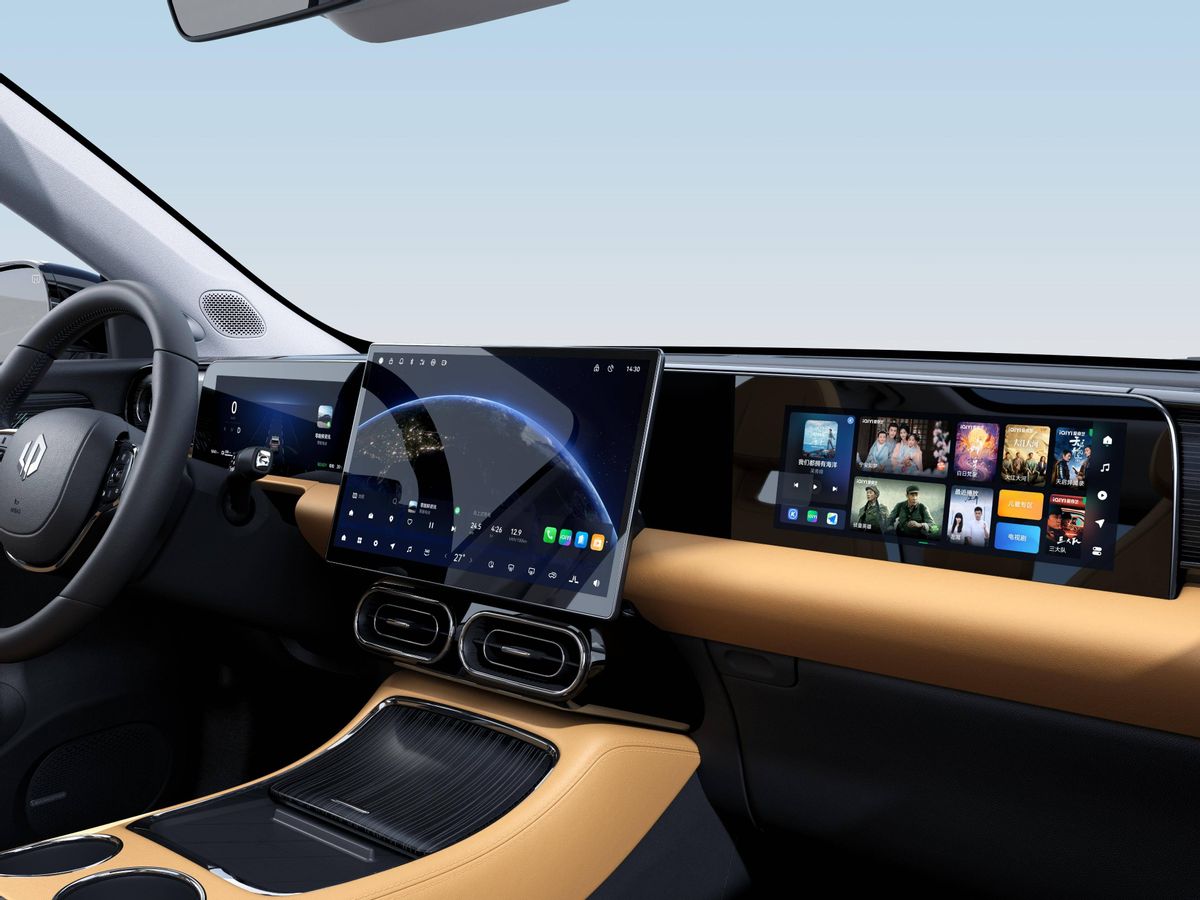
However, consumers may worry about potential defects in Leapmotor's free intelligent driving functions, fearing a decline in service quality that could backfire on the brand.
Unlike Leapmotor, XPeng relies on pure vision intelligent driving without LiDAR, achieving lower costs. However, its reliability remains to be tested by the market. The industry tends to view pure vision as the future direction but acknowledges it's not yet mature, requiring significant data accumulation and bug fixes. In other words, this route has high potential but also significant risks.
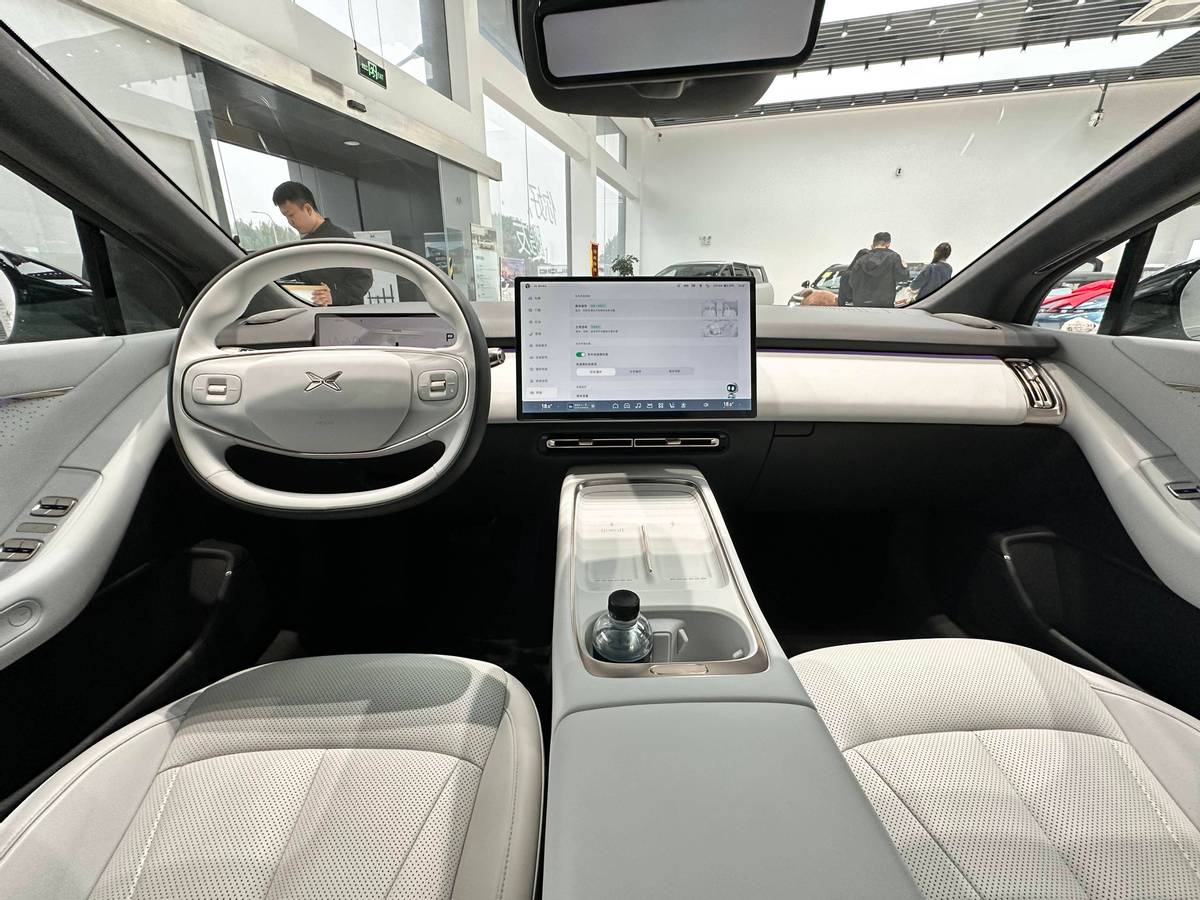
Whether low-cost LiDAR or pure vision prevails, the intelligent driving competition has just begun. Consumers will determine the winner through long-term use, finding the most suitable solution.
Overseas Market: Both Have Support, Neither Will Yield
The overseas market is another crucial factor in the Leapmotor-XPeng rivalry. The domestic market is fiercely competitive and nearing saturation, while the overseas market offers broader opportunities.
Since entering the European market in 2021, XPeng has established a high-end, intelligent brand image through quality products and services, notably by "selling technology" to Volkswagen. In 2024, XPeng led Chinese brands in high-end EV sales in Europe, achieving exponential growth despite prices exceeding EUR 40,000. The XPeng G9 model dominates the Danish segment market with a 30% market share, demonstrating strong competitiveness.
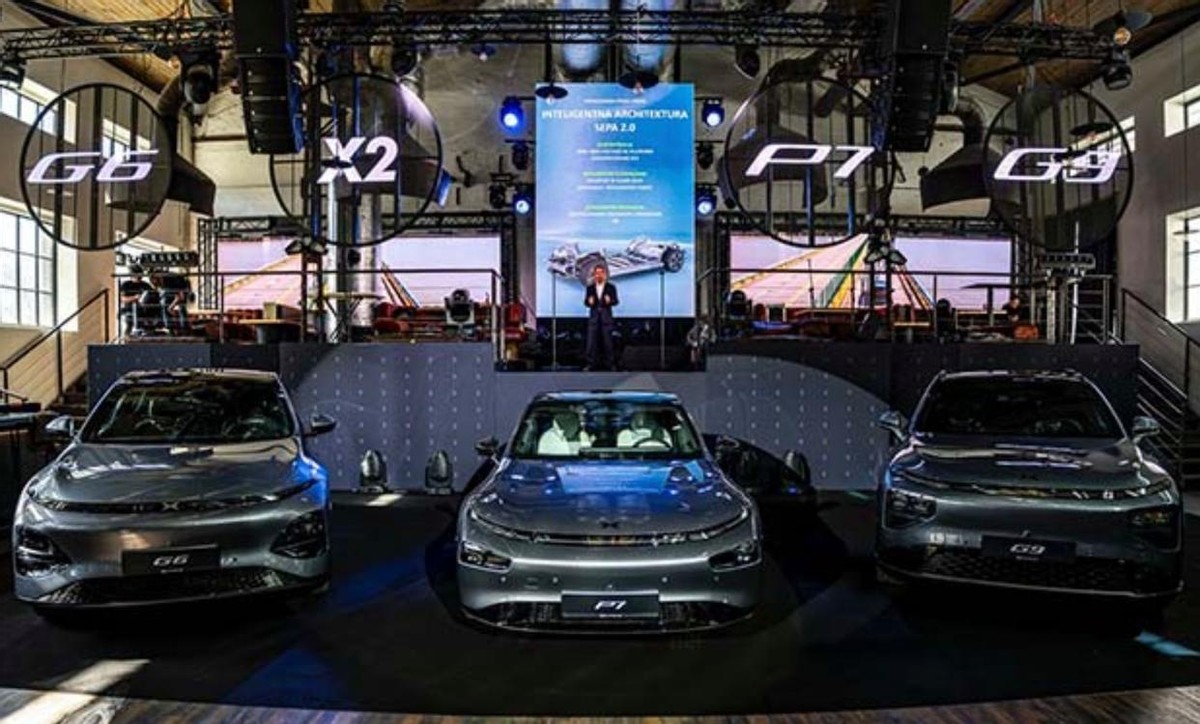
Leapmotor, backed by European automotive group Stellantis with over 100,000 global channel outlets and service systems, has a strategic advantage in global expansion. As of 2024, Leapmotor has opened 339 dealer stores in Europe and is expanding into Asia-Pacific, Middle East, Africa, and South America. Compared to XPeng, Leapmotor has a more extensive overseas channel network, with industry insiders estimating overseas sales of 60,000 to 100,000 units in 2025.
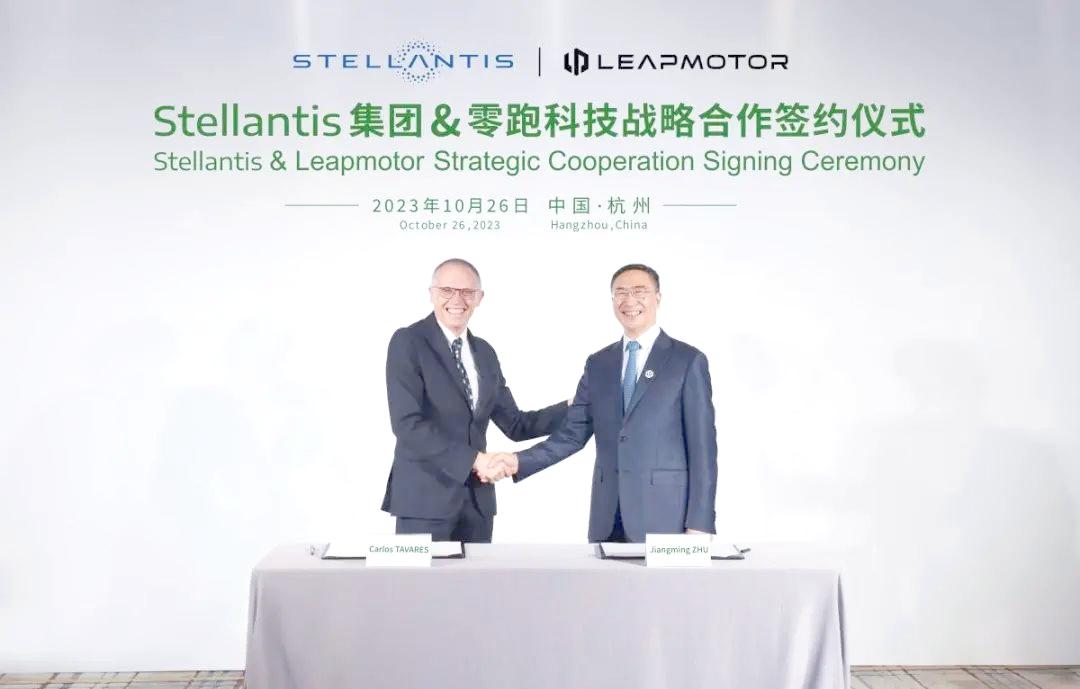
Leapmotor's partnership with Stellantis offers an opportunity to leverage the B10 model, opening up the entire LEAP 3.5 platform product line and accelerating global expansion.
With the B10 model on the market, the competition between Leapmotor and XPeng will intensify. Let's wait and see which brand will emerge victorious in the cost-effectiveness battle!







